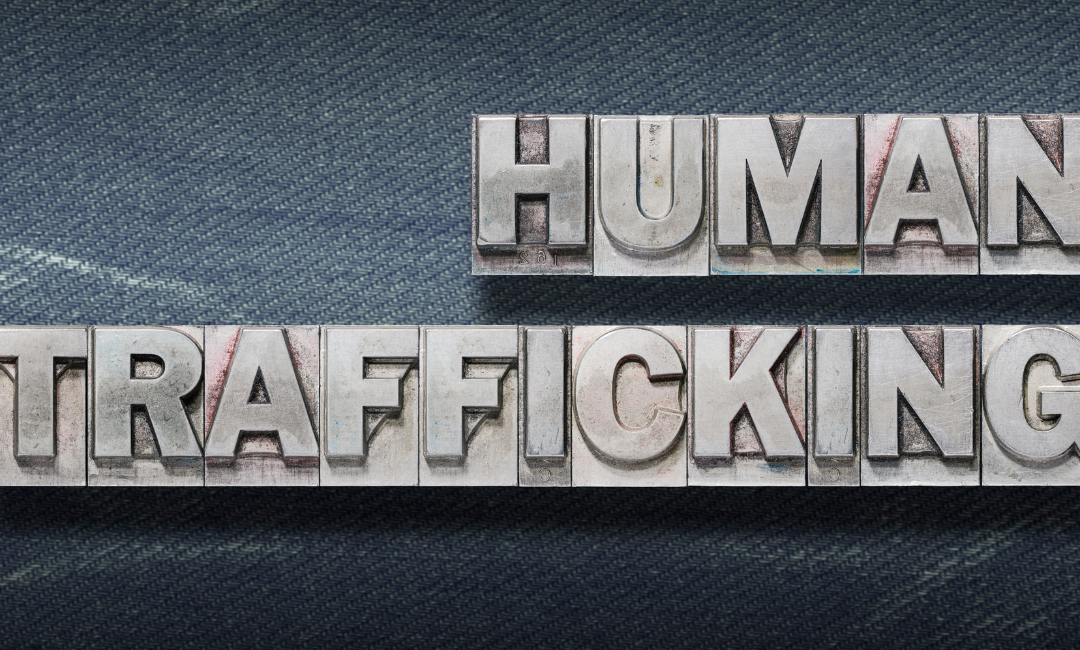Challenges in Changing the U.S. Healthcare System
One is aware that the U.S. Healthcare System is chaotic and challenging when a person is in nursing school, learning about and participating in patient care, but has no ability to access the same care for themselves. According to Shi and Singh, 176.6 million Americans younger than age 65 have private health insurance coverage, with most covered through their employers.
Typically, this is an option for full-time working employees. When a person has to switch to part-time or quit working for various reasons, they often lose their health insurance, and with less pay, he/she cannot afford healthcare. In the U.S., the ability to seek and receive healthcare services is based on affordability and not necessity.
Why is the U.S. Healthcare System challenging to change? There are multiple players, who have different levels of power that have their own economic interests to protect, and problems arise when their interests are at odds.
Historically, the U.S. Healthcare System leans toward market justice, but during the Covid-19 pandemic, there was a shift toward social justice. This was a needed change when the world witnessed various layers of inequality during the time of the pandemic.
Some people in the U.S. value the market justice system which allows choices, individual accountability, and with adequate income access to multiple tiers of healthcare services. Independence is also a quality that people in the U.S. value and serves as a reason why the U.S Healthcare System is not centrally controlled but is financed publicly and privately.
The Market justice system in the U.S. is distributed on the basis of people’s willingness and ability to pay. The question is asked – what happens to the individuals who simply do not have the ability to pay?
We learned what happens during the pandemic. COVID‐19 has disproportionately impacted certain individuals and groups — identified particularly by factors, such as race, class, gender, disability, age, displacement and homelessness, and migration status, among others — reflecting longstanding disparities and inequalities not only in healthcare but in society overall .
The pandemic brought worldwide attention to market and social justice. Even further it brought social justice to the forefront of the conversation.
Healthy People 2030 is an organization that sets data-driven national objectives to improve health and well-being in the united states over the next decade. They also aim to increase the proportion of adults who get evidence-based preventive healthcare by reducing copays and helping people get recommended preventive care services.









